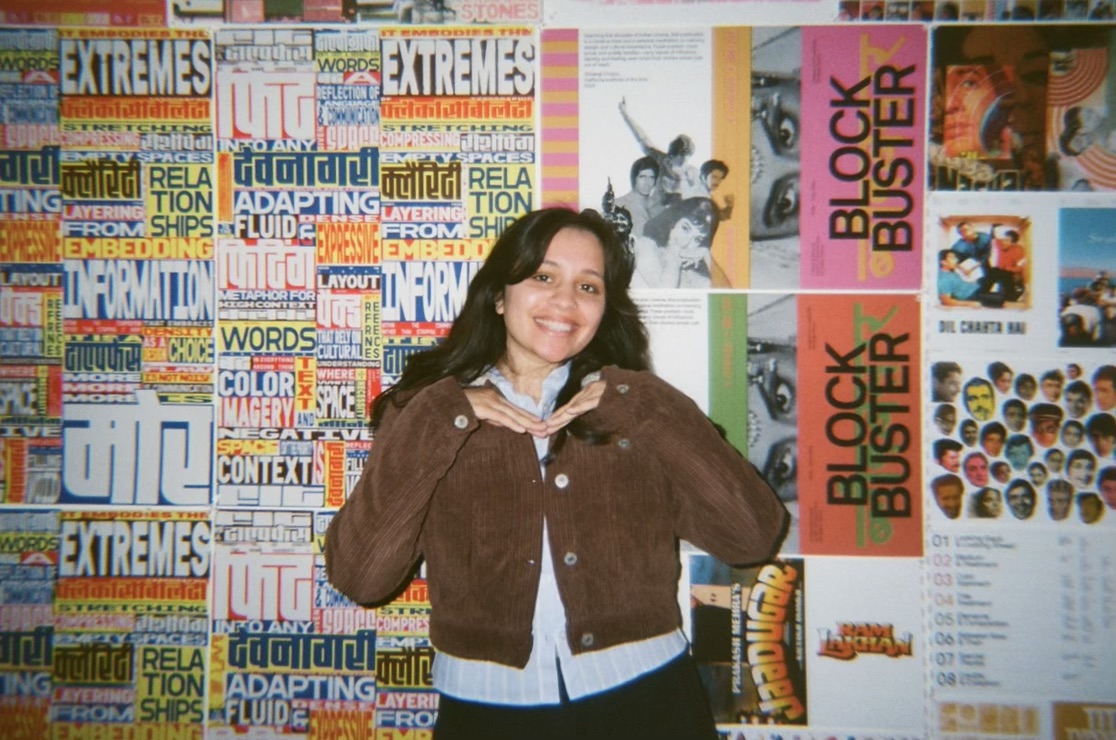Alright – so today we’ve got the honor of introducing you to Shivangi Chopra. We think you’ll enjoy our conversation, we’ve shared it below.
Hi Shivangi, so excited to talk about all sorts of important topics with you today. The first one we want to jump into is about being the only one in the room – for some that’s being the only person of color or the only non-native English speaker or the only non-MBA, etc Can you talk to us about how you have managed to be successful even when you were the only one in the room that looked like you?
In my experience so far, representation is the backbone of survival, storytelling, and feeling seen, especially in a field like design that is rooted in language and community. So when you’re the only one in the room who looks like you, you’re often speaking a visual language that no one else understands. That can feel isolating, but it can also be a space for transformation. It’s taught me how to advocate for my perspective, articulate my instincts, and design with greater intention.
This friction was also at the heart of my BFA Graphic Design thesis at CalArts. Growing up in India shaped how I see, and studying in the U.S. shaped how I make. My thesis, Second Natures, explored the difference between high-context and low-context cultures; the former being cultures where communication is layered, intuitive, and reliant on shared knowledge, and the latter being more minimal, explicit, and direct. I used this lens to examine how South Asian design is often dismissed as “maximalist” or “chaotic,” not because it lacks structure, but because it challenges Western ideas of minimalism, clarity, and white space.
I was interested in exploring why the Western minimalist aesthetic is so often treated as the default, even in conversations about inclusivity. Why do we view anything that deviates from it as “other”? Why are non-Western design traditions often exoticized or lumped together under a single, generic label? Through this work, I started unlearning what I had absorbed and began focusing on intuition, asking myself where my sensibilities come from and why I’m drawn to certain forms. What’s seen as excessive visual density or kitsch in a certain cultural setting is often viewed as intentional and meaningful in another.
More than a reclamation of South Asian design, I wanted my thesis to be a way to better understand myself. It gave me the language and awareness to see that I wasn’t designing instinctively, but from a history. The awareness is helpful to stop trying to fit yourself into pre-existing boxes and start questioning why those boxes exist in the first place. I’m learning that effectiveness doesn’t necessarily mean assimilation, but the ability to shift the terms of the conversation.
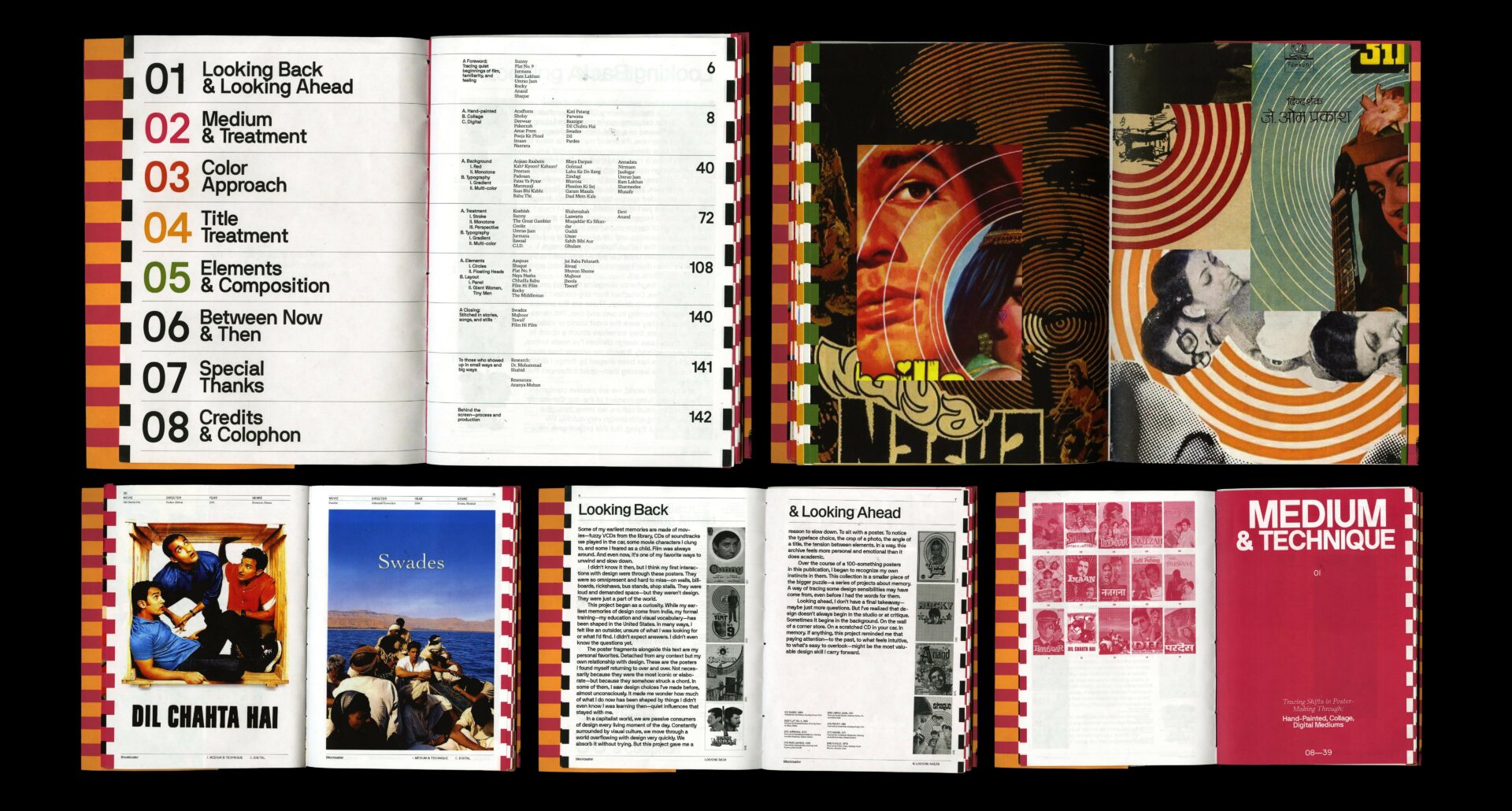

Let’s take a small detour – maybe you can share a bit about yourself before we dive back into some of the other questions we had for you?
I’m a multidisciplinary graphic designer, recently graduated with a BFA from CalArts. Born and raised in India, I’m currently based in Los Angeles, where I’m working with some incredibly talented people at Day Job. I’ve previously had the fortune to work with some really inspiring teams at Apple and Wieden+Kennedy.
I enjoy experimentation, diversity, and versatility in my work. So, I try to practice and hold an interest in a little bit of everything: branding, identity, editorial, web development, packaging, illustration, motion, and beyond.
My practice is very process-forward; it revolves a lot around tactility and analog ways of making. To a certain extent, I still carry fragments of my fine arts background, enjoying the process of thinking with my hands. My education at CalArts has instilled within me a need for an iterative process. I’m learning to distinguish between the process of creating and the process of analyzing as two completely different phases of making. In moments of uncertainty, my approach is always to dive in and create, trusting that clarity will come through in the process.
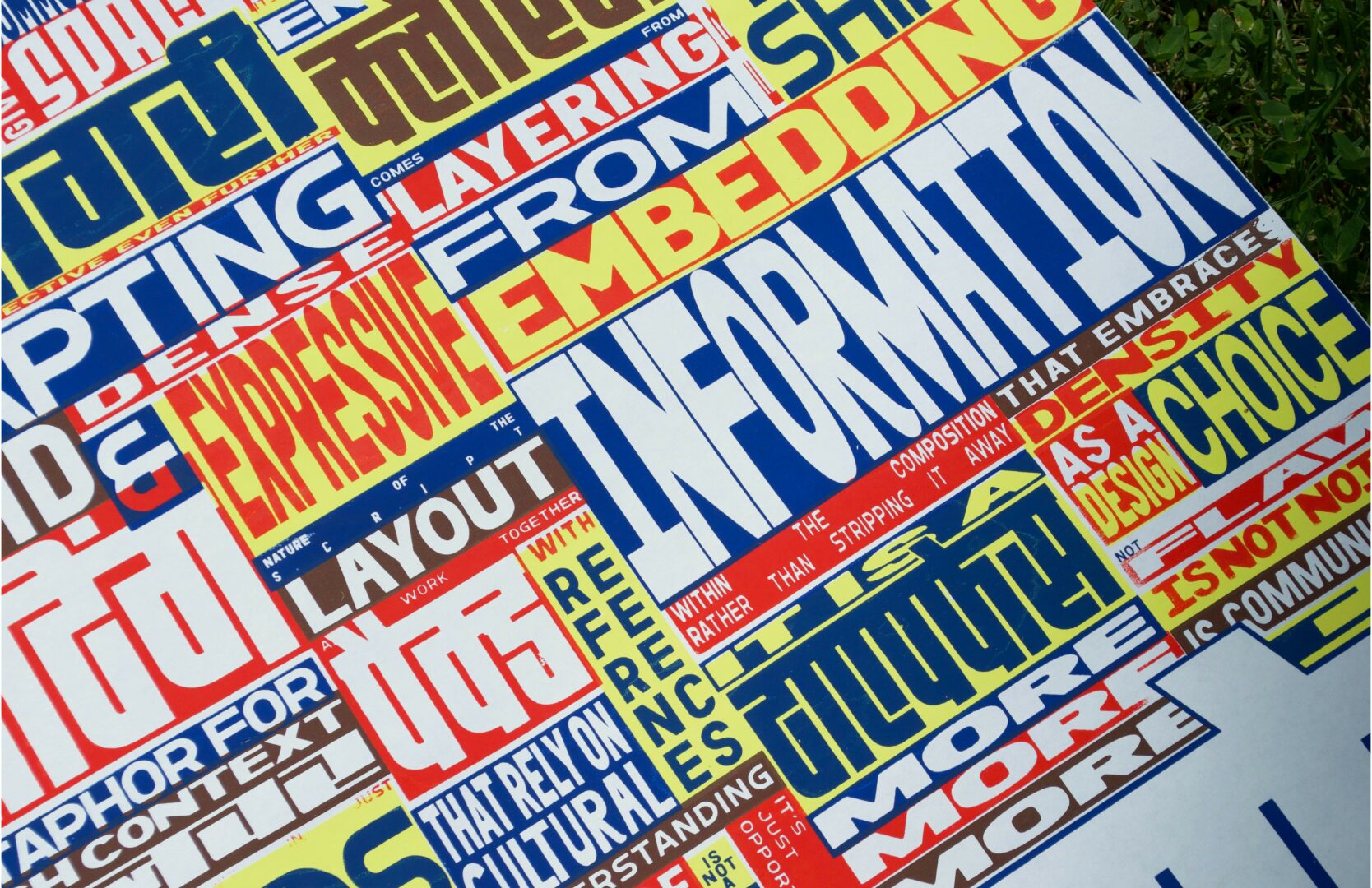
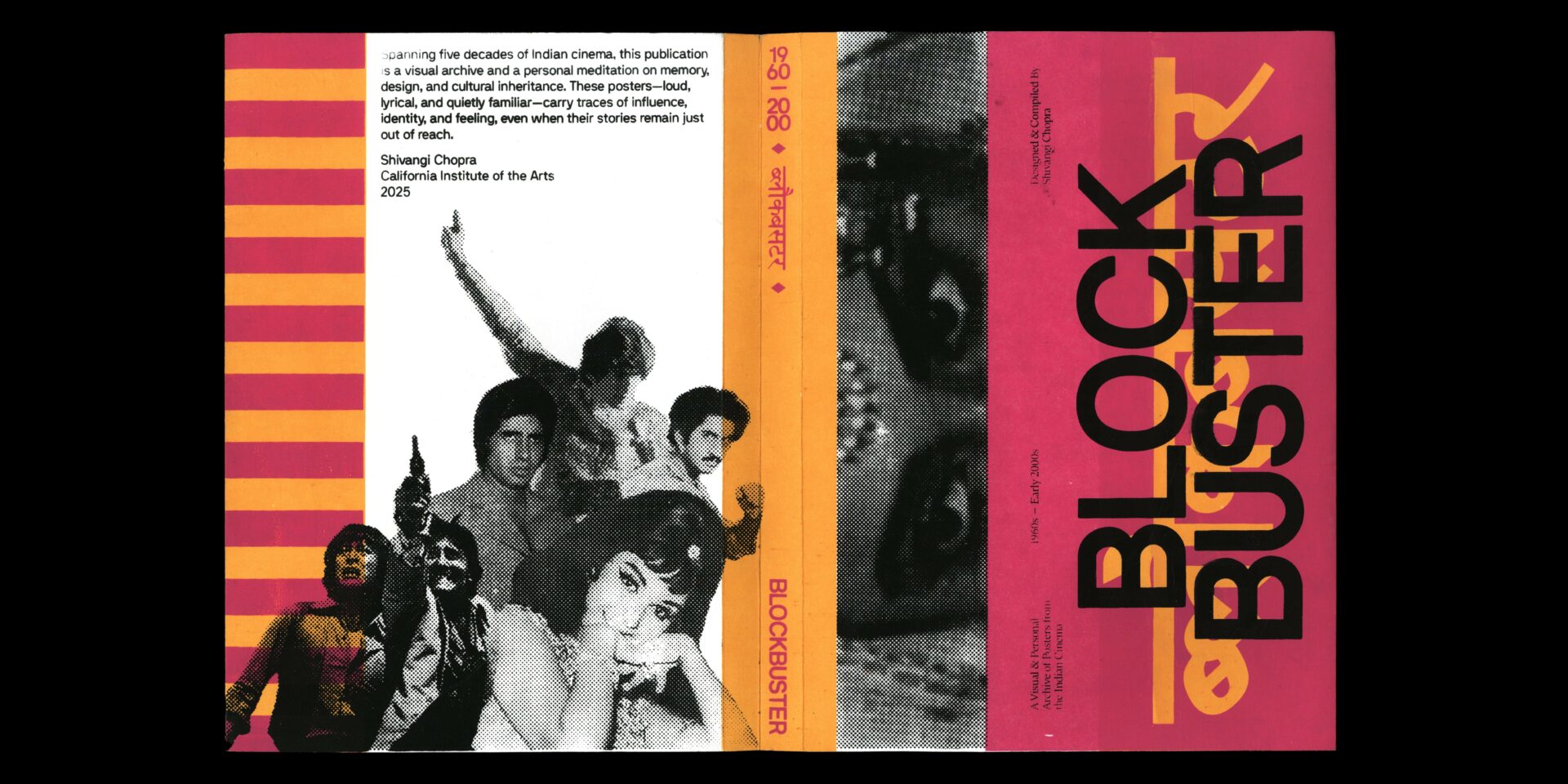
Looking back, what do you think were the three qualities, skills, or areas of knowledge that were most impactful in your journey? What advice do you have for folks who are early in their journey in terms of how they can best develop or improve on these?
I’m definitely still learning as I go and don’t claim to have all the answers, if any! But there are a few things that have helped shape my practice so far.
Strangely, boredom has been one of my biggest motivators. When I start to feel visually or conceptually restless, it usually pushes me to try something new and to experiment with a different medium or approach. I think it’s easy to trap yourself into thinking that there’s one “right” way to achieve something, especially when you’re just starting off and trying to find your voice. But staying curious makes room for unpredictability. It means you can always pivot or start over, and you can always surprise yourself.
Something else I’ve had to remind myself of, over and over again, is that it’s okay for the work to be light. That doesn’t mean that your work can’t be meaningful or intentional, but it does mean that it is acceptable to make mistakes or feel uninspired. I’m learning not to take myself too seriously, because at the end of the day, we’re just moving pixels around on a screen. We’re designing things that exist in the everyday: things people might notice, or might not. And that’s fine. I think design should be fun, playful, and a little strange. The unpredictability is part of what makes it joyful. I don’t think I would like it half as much if I truly always knew what I was doing.
And lastly, something I’m still working on is learning to look outside of the obvious. That might mean reading more, spending time with work that doesn’t immediately feel “relevant,” or paying attention to things outside of design entirely. It’s easy to fall into the same references everyone else is using, especially when we’re all looking at the same Are.na boards. But, I think the work that truly stands out usually comes from people who are pulling from unexpected places like books, history, music, and personal memory. I have found it helpful to notice what genuinely draws me in and to ask why. The more I’m able to trace my instincts back to experiences, the more I can start feeling like I’m grounding my work in something real, and not just what’s trending.
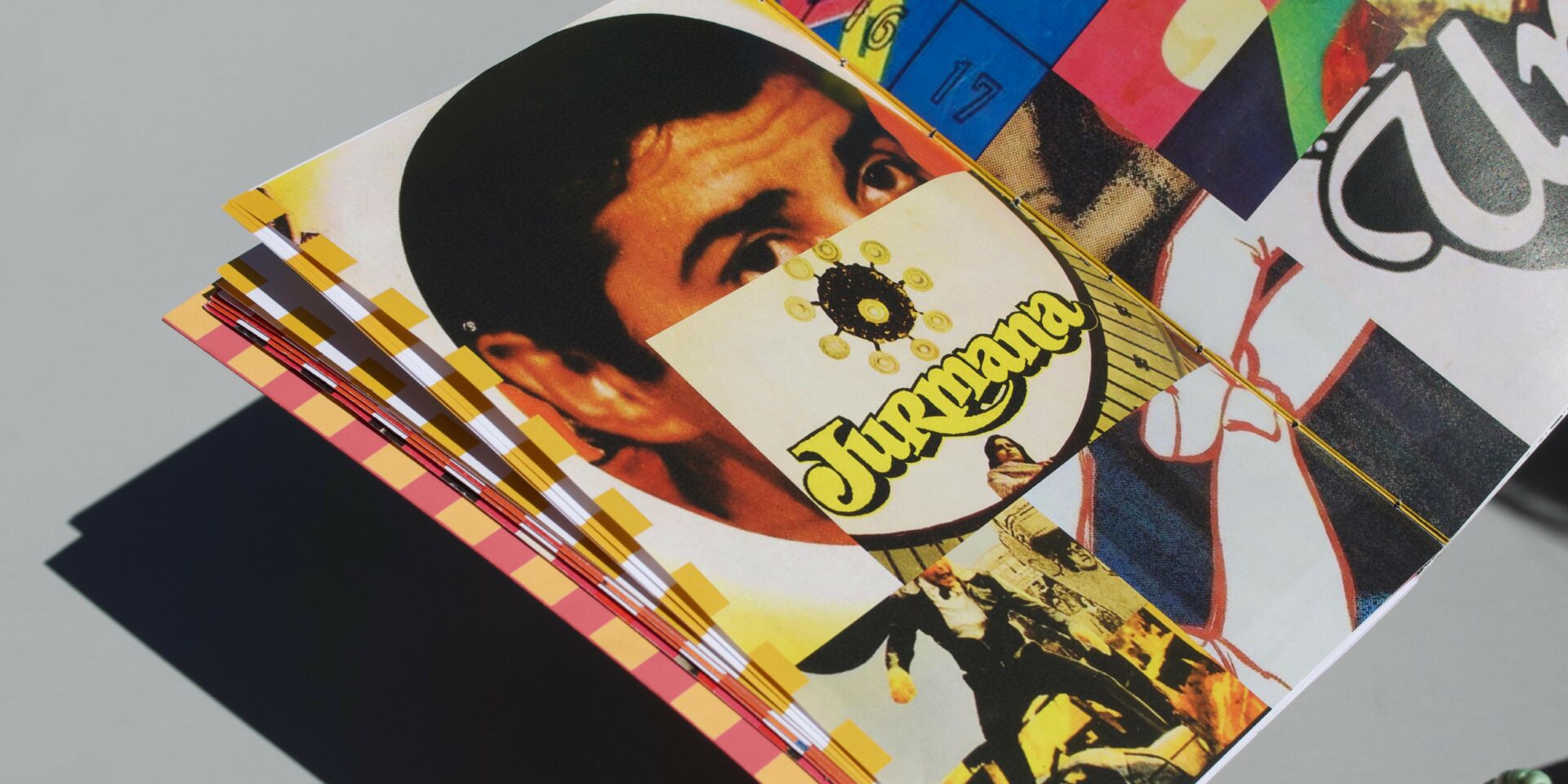
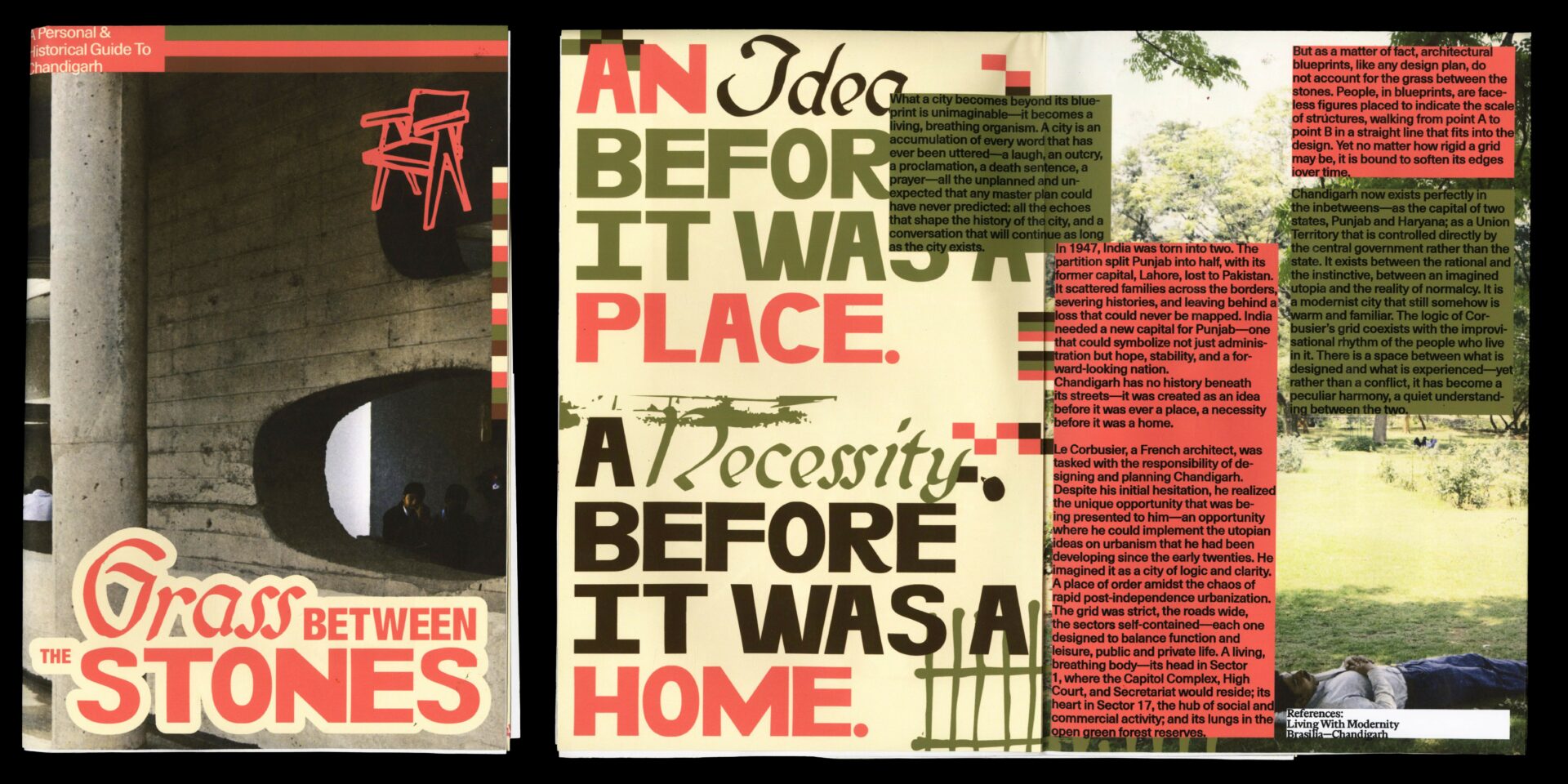
Who has been most helpful in helping you overcome challenges or build and develop the essential skills, qualities or knowledge you needed to be successful?
The entirety of the CalArts environment felt like the most meaningful influence. The studio culture and general sense of the graphic design degree, in particular, was a very “it’s what you make of it” kind of space. Everyone was constantly working in the studio day and night, pushing themselves, experimenting, and showing up. Watching my studiomates take responsibility for their own process was inspiring, and it gave me a sense of what I was capable of.
At the same time, CalArts faculty were always present—not really hand-holding, but always ready to support if you took the initiative to “show up and show off”, as my mentor would put it. The most helpful to me was the pointed critique: sometimes brutal, but always honest, and letting you figure things out on your own, before stepping in. The balance of feeling independent, but having the ability to fall back on someone, was very formative.
Beyond the work ethic, it was just really special to be around people who cared about making, because it made me care a little bit more, too.
Contact Info:
- Website: https://shivangichopra.com
- Instagram: @byshivongi
- Linkedin: https://www.linkedin.com/in/1shivangichopra/

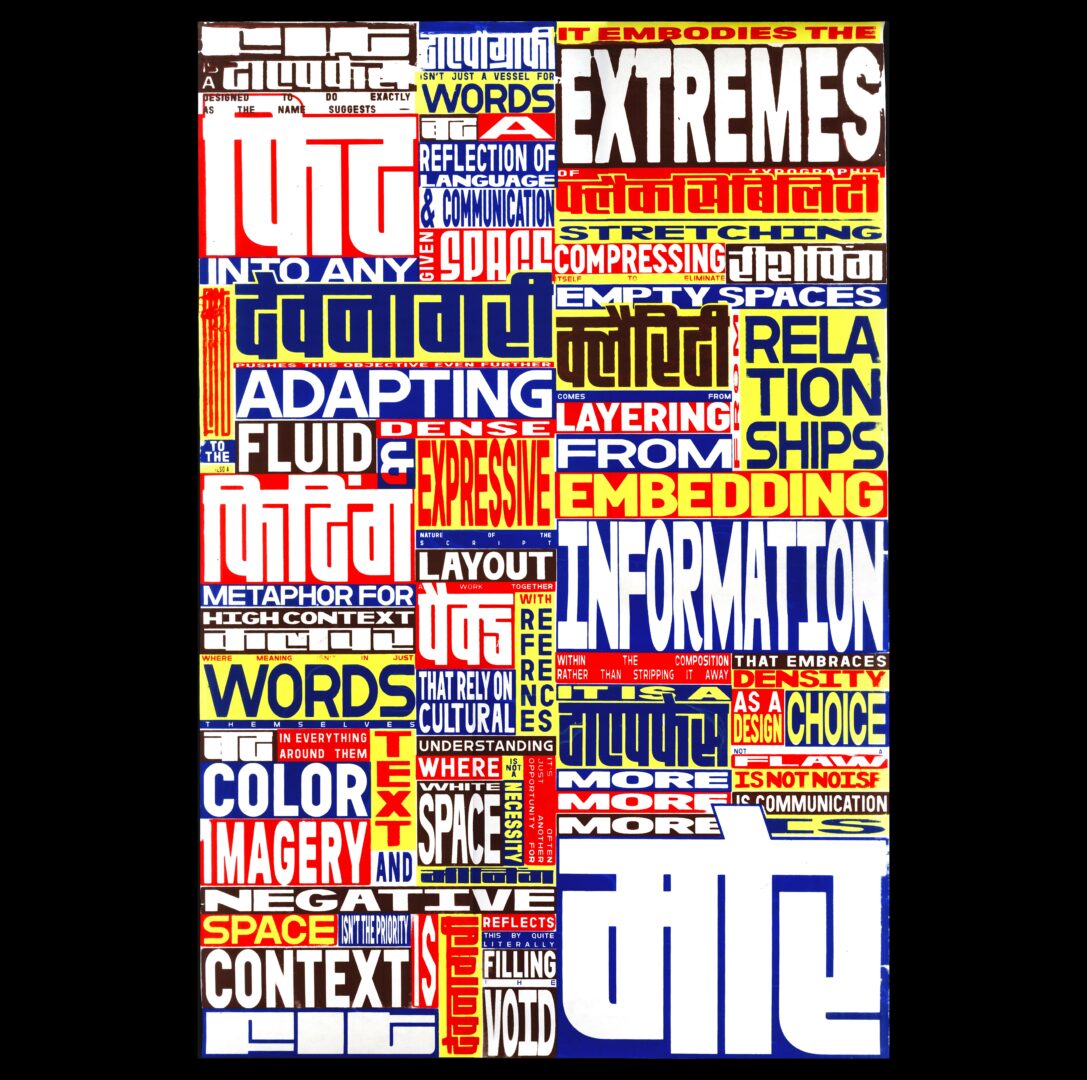
so if you or someone you know deserves recognition please let us know here.

